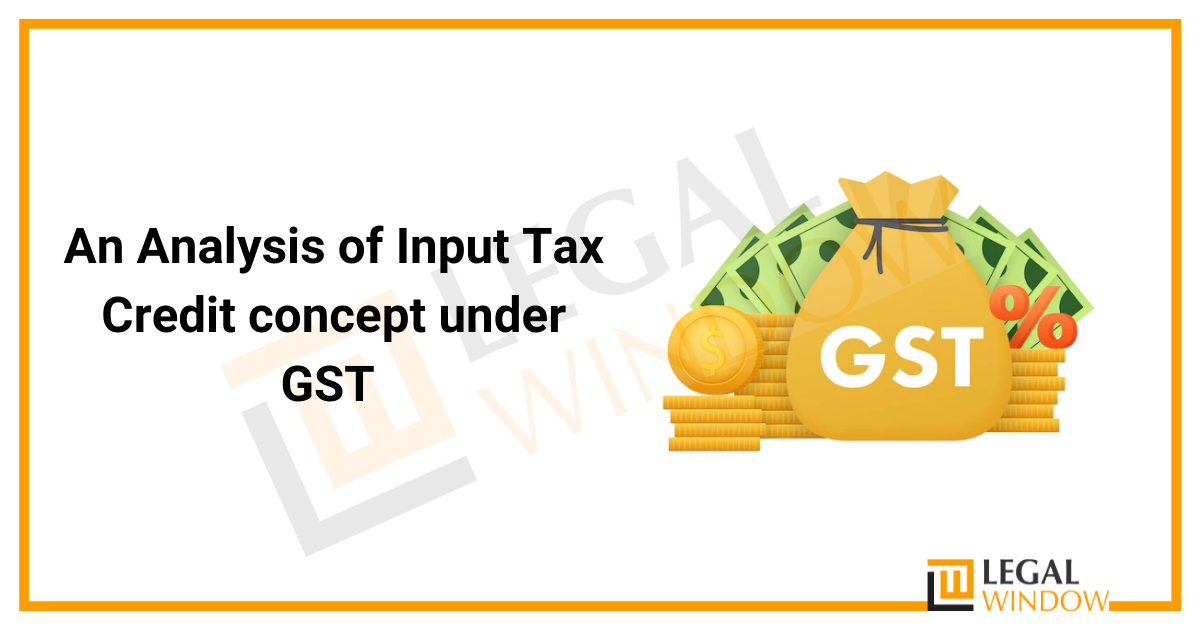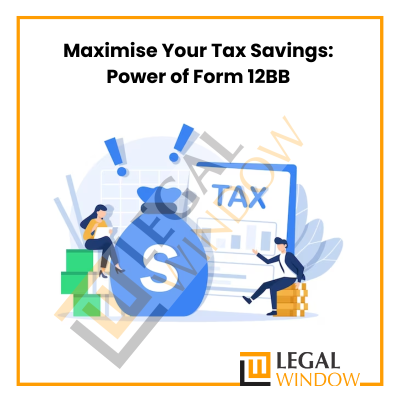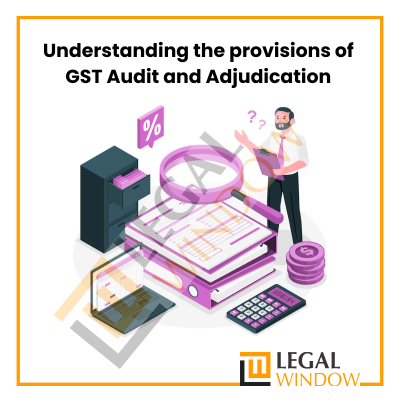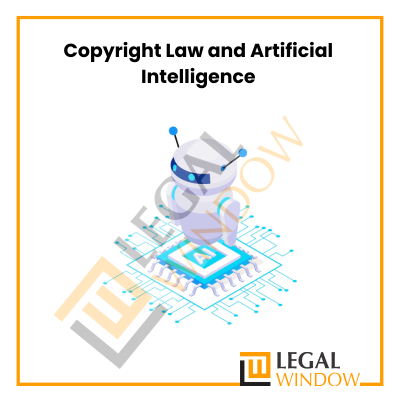
When you acquire a product or service from a dealer, you must pay sales taxes. You collect this tax when you sell. You adjust the taxes paid at the time of purchase with the amount of production tax (tax on sales), and the balance of tax liability (tax on sales less tax on buy) is due to the government. This process is known as Input Tax Credit usage. This article consists of an analysis of the Input Tax Credit concept under GST.
An analysis of Input Tax Credit concept under GST can only take place if we have adequate knowledge of Input Tax Credit. Let us understand Input Tax Credit in detail.
Input Tax Credit (ITC)
Input Tax Credit refers to obtaining credit for the GST paid on purchases of goods and services utilized in the course of business. The Mechanism of Input Tax Credit is the backbone of GST and one of the primary reasons for its implementation.
Because GST is a single tax across India (from the manufacturing of goods/services to the end customer). Moreover, the chain will not break out of tax, and everyone may benefit from it, and there is a continuous flow of credit.
Input Tax Credit under levies of GST- CGST/SGST/UTGST/IGST
GST consists of the following levies:
- The Central Goods and Services Tax (CGST) [also known as the Central Tax] – This tax is a type of tax charged on intra-state or intra-union territory for the provision of goods, services, or both.
- State Goods and Services Tax (SGST) [also known as State Tax] – This tax is applied on the delivery of goods, services, or both within the same state.
- Union Territory Goods and Services Tax (UTGST) [also known as Union Territory Tax] – This tax is imposed on the delivery of goods or services within the same union territory.
- Integrated Goods and Services Tax (IGST) [also known as Integrated Tax] – This type of taxes applicable on inter-state supply of both goods and services.
An analysis of Input Tax Credit concept under GST-ITC for GST components
Input tax credit for these GST components would be available in the following ways:
- CGST credit – Allowed for first of CGST payment, with the remainder available for IGST payment. Further, CGST credit is not permissible for SGST payment.
- SGST/UTGST Credit – Permissible for first for SGST/UTGST payment and the taxpayer can use this balance to pay IGST. Moreover, Credit of SGST/UTGST is not permissible for CGST payment.
- IGST credit – Allowed first for IGST payment, next for CGST payment, and the balance for SGST/UTGST payment.
Allowance/Rejection of Input Tax Credit
Under the GST regime, every taxable person can claim ITC on any inputs used for utilization of services (whether commodities or services) in the course of or in furtherance of business.
The following are the specific instances in which the Input Tax Credit is not permissible:
| Sr. Number | Input Tax Credit non applicable for GST paid on | Exception (i.e., GST Input Tax Credit is only available for certain goods/services if the following conditions are met) |
| 1. | Vehicles and other Conveyance. | Allowed only when provided in the ordinary course of business or used to provide the following taxable services:
a. Transportation of Passengers, b. Transportation of Goods, or c. Motor Driving Skills Training |
| 2. | Outdoor Catering, Food & Beverage, Beauty Treatment, Health Services, Cosmetic & Plastic Surgery. | Allowable only if the items and/or services are used to offer the same type of services or as part of a composite supply.
Mr. A, for example, buys cosmetic creams to sell to her consumer. In such a circumstance, ITC paid on purchases would be permissible. |
| 3. | Membership in a club, a fitness centre, or a health centre. | |
| 4. | Rent-a-Cab, Health Insurance, and Life Insurance are all available. | Only permitted if
a. When the government requires employers to give it to their employees; or b. When the items and/or services are used to deliver the same type of services or as part of a composite supply. |
| 5. | Employee Travel Benefits For example, leave travel allowance. | |
| 6. | When provided for the construction of immovable property, works contract services. | Only permitted if
a. Works Contract Services for Plant and Machinery Construction b. One Works Contract Service is used to create another Works Contract Service. |
| 7. | Goods and/or services for the construction of immovable property, whether for personal or commercial usage. | |
| 8. | Goods and services for which GST was paid under the Composition Scheme. | |
| 9. | Goods/Services received by a Non-Resident Taxpayer | Allowable for non-resident taxable persons who import goods or services. |
| 10. | Personal Consumption Goods and Services. | |
| 11. | Goods that have been lost, stolen, destroyed, written off, or given away as a free sample. | |
| 12. | Any tax paid as a result of Tax evasion, or
Tax under payment, or Excessive Refund. |
|
| 13 | ITC obtained or used as a result of
a. Fraud, or b. Wilful miss-statement, or Facts which are being suppressed. |
GST paid on any other products and services used in the course of business would be eligible for Input Tax Credit.
Conditions for Obtaining a GST Input Tax Credit
Only a Person having registration will be eligible to claim the GST Input Tax Credit. Furthermore, a person having a registration may claim an Input Tax Credit if the following requirements are in the final stage and if:
- He has a Tax Invoice or any other specified tax paid document.
- He has already got the products or services. There are also “bill to ship” instances.
- The provider is the one who pays the tax.
- He has submitted his GST Return.
- The inputs are in lots or instalments, then taxpayer is entitle for the ITC only after the delivery of last lot or instalment takes place.
- Payment must be paid within 180 days after the invoice’s issuance date. If the payment is not paid within 180 days, the amount of credit received will be applied to the recipient’s output tax due, together with interest. However, after the sum has been paid, the receiver will be able to use the credit again. If a partial payment has been paid, commensurate credit will be granted.
Requirements of Documents for claiming ITC
There is a requirement of the following documents for claiming ITC:
- A bill issued by a supplier of goods, services, or both.
- Recipient’s invoice, together with confirmation of tax payment.
- Further, a debit note issued by supplier.
- Moreover, a bill of entry or other similar document as prescribed by the Customs Act.
- Updated Invoice.
- Input Service Distributor-issued document
Other Important Considerations Regarding GST Input Tax Credit
The other consideration regarding GST Input Tax Credit are:
- A registered person may claim Input Tax Credit only if the Invoice contains all of the pertinent particulars specified in the Invoice Rules.
- Further, if the tax on inputs is exceeding the tax on output, the ITC can be carry forward or reclaimed.
- Furthermore, the remaining tax after claiming the input tax credit must be submit it with the government in GSTR 3 by the 20th of the following month.
- Claiming of ITC is not permissible after September of the next fiscal year to which the invoice relates, or until the date of filing of the Annual Return, whichever is sooner.
- A person who applies for GST Registration within 30 days after being liable for Registration is eligible to claim ITC on items kept in stock on the day immediately before the date he becomes liable to pay tax.
- Further, a person who switches from the composition scheme to the normal scheme under Section 10 is entitle to claim ITC on goods kept in stock and capital goods on the day immediately before the day he becomes liable to pay tax as a normal taxpayer.
- Furthermore, when an exempt supply of goods or services, or both, becomes taxable, the person providing such supplies is eligible to claim ITC for items kept in stock that are related to exempt supplies. He is also eligible to credit on capital items utilised only for such exempt supply.
- In the event that a registered person’s constitution changes due to a sale, merger, demerger, or other event, the unutilized ITC may be transferred to the transferee.
- Moreover, if the payment of GST takes place using the Reverse Charge Mechanism it can potentially be claim as an Input Tax Credit.
Takeaway
The credit for central taxes is not subject to set off against a state charge in the previous Indirect tax structure, and vice versa. As a result, we may conclude that ITC was not accessible on interstate transactions. Moreover, this had a cascade effect, raising the prices of products and services. Further, with a few exceptions, the GST Council guarantees seamless credit on products and services across the entire supply chain. As a result, the purpose of initiating the ITC Scheme in GST is to limit the cascading impact of taxes and turn GST into a destination-based tax.
Get your GST Registration by the Experts and for more information related to GST Returns/Registration get in contact with our Experts.
CS Urvashi Jain is an associate member of the Institute of Company Secretaries of India. Her expertise, inter-alia, is in regulatory approvals, licenses, registrations for any organization set up in India. She posse’s good exposure to compliance management system, legal due diligence, drafting and vetting of various legal agreements. She has good command in drafting manuals, blogs, guides, interpretations and providing opinions on the different core areas of companies act, intellectual properties and taxation.
Categories
- Agreement Drafting (23)
- Annual Compliance (11)
- Change in Business (36)
- Company Law (148)
- Compliance (89)
- Digital Banking (3)
- Drug License (3)
- FEMA (17)
- Finance Company (42)
- Foreign Taxation (6)
- FSSAI License/Registration (14)
- GST (118)
- Hallmark Registration (1)
- Income Tax (199)
- Latest News (34)
- Miscellaneous (164)
- NBFC Registration (8)
- NGO (14)
- SEBI Registration (6)
- Section 8 Company (7)
- Start and manage a business (20)
- Startup/ Registration (126)
- Trademark Registration/IPR (40)
Recent Posts
- Detailed Analysis of Section 179 of the Companies Act, 2013 April 24, 2024
- Maximise Your Tax Savings: Power of Form 12BB April 23, 2024
- Cryptocurrency startups and Regulatory compliance April 22, 2024
About us
LegalWindow.in is a professional technology driven platform of multidisciplined experts like CA/CS/Lawyers spanning with an aim to provide concrete solution to individuals, start-ups and other business organisation by maximising their growth at an affordable cost.








